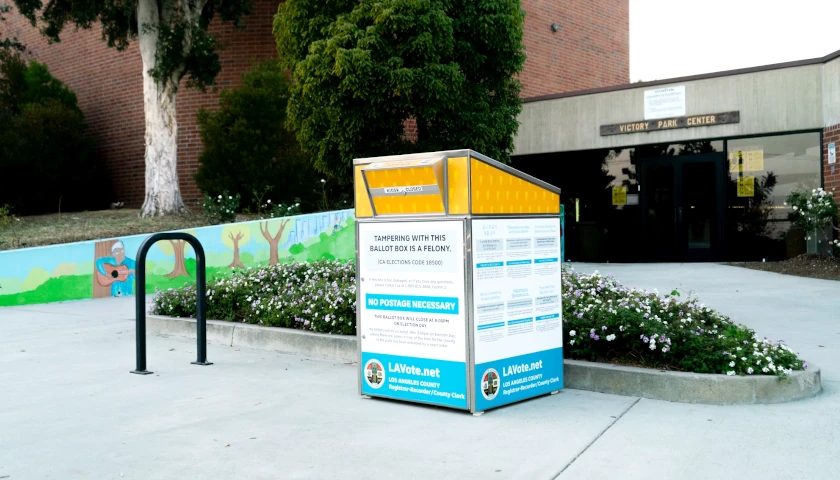by Robert Romano
As 2023 is winding down to a close, the U.S. trade in goods deficit with the world is down $101 billion for the first nine months of the year to $802 billion, an 11.2 percent decrease so far, with still three months of data left to collect for the year, according to the latest data from the U.S. Census Bureau.
Simultaneously, existing home sales measured by the National Association of Realtors are down to a seasonally adjusted annual rate of 3.79 million, a 16.7 percent decrease from its Feb. 2023 level of 4.5 million, and are averaging 4.16 million for the past 12 months. Overall, existing home sales are down the past 12 months by almost 32 percent from their 2021 high of 6.12 million. That’s a lot.
Which is what usually happens at the end of the business cycle amid high inflation as the economy overheats, consumers max out on credit and begin constraining purchases and demand falls. Periodically, this results in recessions.
Whether there is a recession or not, on that count, the annual growth rate of consumer credit has collapsed from an April 2022 peak of 9.9 percent down to just 3.5 percent. Slowdowns in credit accumulation often but not always coincide with recessions and upticks in the unemployment rate.
In any event, it shows the slowdown in purchases is very real as American households tap out as the rate of consumer inflation similarly cools, down to 3.2 percent in the Bureau of Labor Statistics’ (BLS) latest reading from Oct. 2023, down from 9.1 percent in June 2022.
That reflects the disinflation that has been well underway more than a year now, and has been reflected in the trade data (which includes oil imports), and which the Federal Reserve expects in its Sept. 20 release to continue through 2024, projecting a drop in PCE inflation (different than BLS’ metric for measure prices) from 3.7 percent for 2023 to 2.6 percent in 2024.
Similarly, the Fed is expecting 4.1 percent unemployment for 2024 above its current 3.9 percent level, which is not that dramatic of an increase at all compared to the last two economic gargantuan downturns, but there it is. Labor markets are often the last thing to react to slowdown and downturns, and so now it’s just a question of how bad it will be. Hopefully not too bad.
Some analysts believe that Wall Street has already priced these variables in from the standpoint of equities, commodities and other prices, so that could be some good news for investors who simply want to get back to virtuous cycle.
The tell will be when the Fed begins cutting the Federal Funds Rate from its current range of 5.25 percent to 5.5 percent in a bid to boost liquidity and cheapen credit. For now, it’s holding rates steady as it squeezes the last bit of juice out of the current cycle.
Overall, these developments might have more of an impact politically than anything else, with President Joe Biden standing for reelection, mindful of the memory of one-term presidents who were ousted amid weak economic conditions, including Herbert Hoover, Jimmy Carter, George H.W. Bush and Donald Trump. As usual, stay tuned.
– – –
Robert Romano is the Vice President of Public Policy at Americans for Limited Government Foundation.




